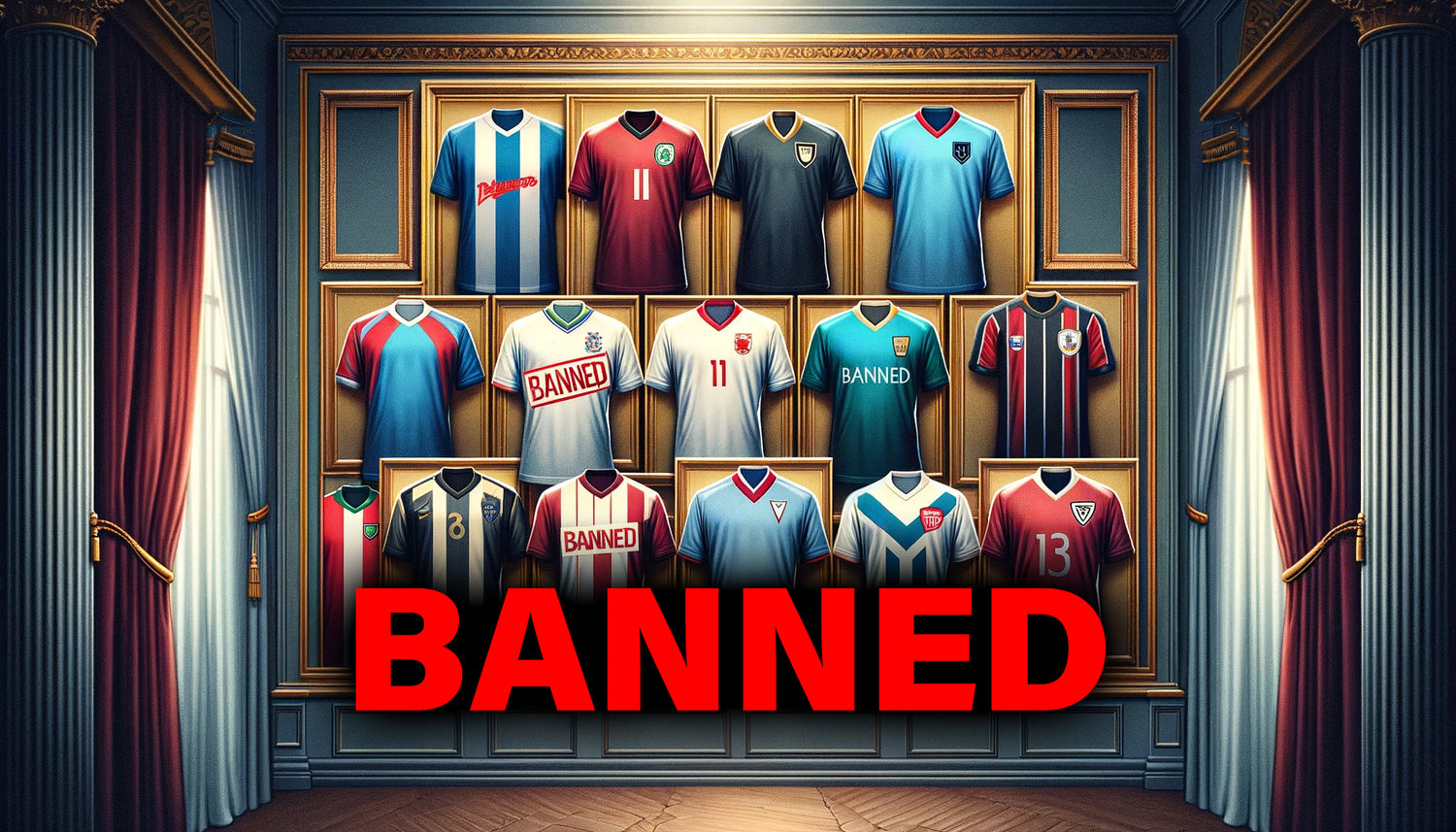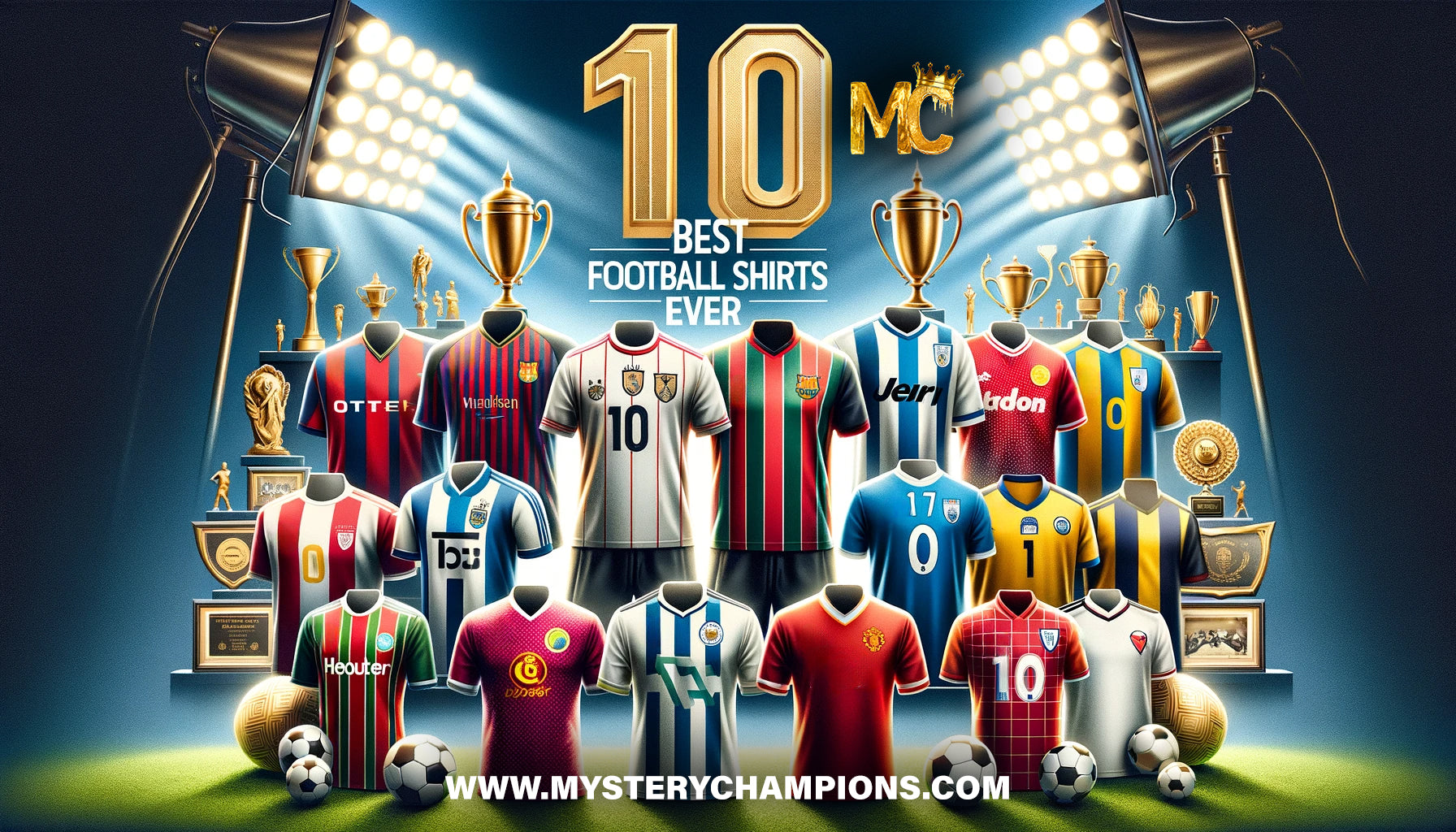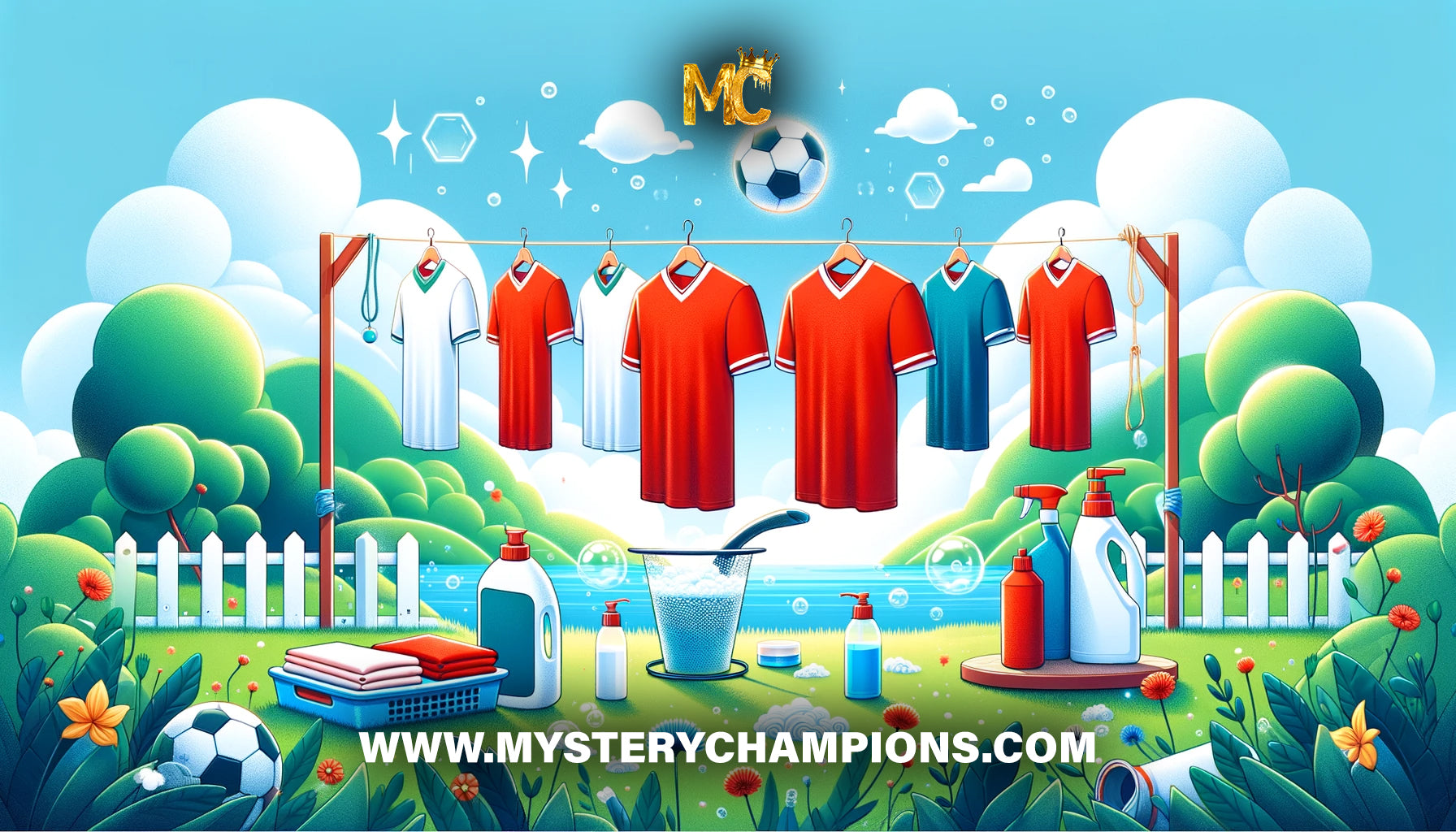-
FC Barcelona’s UNICEF Shirt (2011): Barcelona's shirt, dual-branded with UNICEF and the Qatar Foundation, fell victim to UEFA's sponsorship regulations and was banned for breaching these rules. UEFA's guidelines stipulate limitations on the number and size of sponsorships displayed on football kits. The inclusion of two major sponsors, UNICEF and the Qatar Foundation, on Barcelona's shirt was an unprecedented move and contravened UEFA's policies which typically allow only one main sponsor. This dual branding was seen as excessive and not in line with the standard practice of football kit sponsorship, leading to its prohibition in UEFA-sanctioned matches.
-
Denmark's 1986 World Cup Shirt: Hummel's stylish design for Denmark's 1986 World Cup shirt, featuring pinstripes with small commercial logos, was banned by FIFA. The inclusion of commercial logos within the pinstripes violated FIFA's strict regulations on advertising and branding on kits. FIFA rules limit the size and prominence of commercial branding to maintain a focus on the sport rather than on advertising. The innovative design, while aesthetically appealing, was deemed too heavily branded for official play. This breach of advertising rules led to the shirt's prohibition in the tournament, reflecting FIFA's commitment to keeping football kits free from excessive commercial influence.
-
England’s 2002 World Cup 'Invisible' Shirt: Umbro's design for England's 2002 World Cup kit was banned by FIFA because it was deemed too similar to referee uniforms, potentially leading to confusion on the pitch. The color and style of the shirt closely resembled the attire typically worn by match officials, which could have made it difficult to distinguish players from referees during a game. FIFA's regulations emphasize the importance of clear visual differentiation between players and officials to maintain the integrity and order of the game. This similarity in design was considered a significant enough issue to warrant a ban on the shirt in official matches
- Cameroon’s Sleeveless and One-Piece Kits (2002, 2004): Puma's innovative designs for Cameroon, featuring a sleeveless top in 2002 and a one-piece kit in 2004, were banned by FIFA for not adhering to traditional kit standards. FIFA's regulations specify that football kits must include separate shirts and shorts, and the sleeveless design was a departure from the traditional short-sleeved jersey. The one-piece kit, often referred to as a "unitard," was also deemed non-compliant as it combined the shirt and shorts into a single garment. These designs were seen as too radical a departure from the norm and were not allowed in official international competition, reflecting FIFA's commitment to maintaining certain traditions in football attire.
-
Celtic’s ‘Poppy’ Shirt (2010): Celtic's choice to omit the traditional Remembrance Day poppy from their shirt in 2010 sparked significant controversy and public debate. While not officially banned, the decision was contentious as the poppy symbol is widely used in British football to commemorate military personnel who have died in war. The absence of the poppy on Celtic's kit was seen by some as a political statement, potentially relating to the club's Irish heritage and the complex historical context involving the poppy symbol in Ireland. This move diverged from the common practice among UK football clubs and led to discussions about the intersection of sports, politics, and cultural symbolism.
-
Rayo Vallecano’s ‘Rainbow’ Kit (2015): This kit, featuring a rainbow sash symbolizing social inclusion and anti-discrimination, was banned in certain matches for breaching regulations against political statements on uniforms. Football governing bodies often have strict rules that prohibit displaying political, religious, or personal messages on kits. The rainbow sash, while representing positive social values, was seen as a political statement that went beyond the purely sporting nature of football attire. As such, it conflicted with the regulations intended to maintain neutrality in the sport, leading to its ban in specific matches.
-
Atletico Madrid’s 1999/00 Bear Shirt: This shirt, which featured a large bear image from Madrid's coat of arms, was banned due to its oversized graphic. The design violated football uniform regulations that typically restrict the size of images and logos on kits. The prominent bear graphic was considered excessively large and not in keeping with the traditional, more understated style of football jerseys. Such a dominant visual element on the shirt was deemed inappropriate for professional play, as it overshadowed the team's identity and the standard aesthetics of football kits.
-
Barcelona 2020/21 Away: In 2019, Barcelona's management rejected a Nike-designed shirt for the upcoming season, influenced by St. George's white and red flag, which is featured in the team's badge. The decision was likely due to the shirt's significant deviation from the club's traditional colours and identity. Barcelona's iconic blue and red stripes are deeply rooted in the club's history and the introduction of a largely white kit with red accents could have been seen as a departure from this heritage. Additionally, the association of the white colour with rival club Real Madrid might have influenced the decision, as it could potentially upset fans and dilute the club's brand identity.
-
Sampdoria’s Cartoon Strip Shirt (1990): This shirt, featuring Errea's unique comic strip design, was banned in Serie A for being too unconventional. The striking and busy graphic, which diverged significantly from traditional football kit designs, was considered inappropriate for the professional league. The cartoon strip style, with its vivid imagery and narrative elements, was seen as a distraction and not in keeping with the standard aesthetics of football uniforms. This led to its prohibition in official matches.
-
Manchester United's Grey Kit (1996): This kit was retired from matches after Sir Alex Ferguson blamed it for poor visibility during a disastrous first half against Southampton. Ferguson argued that the grey colour made it difficult for players to see each other on the field, leading to poor performance. The incident prompted a switch to a different kit at half-time. Following this experience, the club decided to discontinue using the grey kit, as it was perceived to negatively affect the team's coordination and gameplay.
-
Mexico’s ‘Aztec Calendar’ Shirt (1998): FIFA banned this shirt, which featured an intricate Aztec calendar print, deeming it a visual distraction on the field. The detailed and complex design was considered too elaborate, potentially causing confusion and difficulty in distinguishing players during a game. FIFA's regulations on kit designs aim to maintain clarity and simplicity, and this shirt's elaborate graphic was viewed as conflicting with these guidelines.
-
Boca Juniors’ 3D Kit (2013): Nike's innovative 3D crest design on this kit required special glasses for the full effect and was banned for non-compliance with league uniform regulations. The league deemed the 3D feature as an unnecessary gimmick that deviated from traditional kit standards. Additionally, the requirement of special glasses for viewing was considered impractical for both players and fans, leading to its prohibition in official matches.
-
Fiorentina’s ‘Nintendo’ Kit (1999): This shirt, showcasing a large Mario character image from Nintendo, was banned due to its overly promotional graphic. The design was seen as more of an advertisement than a traditional football kit, breaching regulations that limit the size and commercial nature of branding on sports uniforms. The prominent display of a video game character was viewed as inappropriate for the football field.
-
Lazio’s Eagle Kit (1982): The kit, featuring a large eagle spread across the front, was considered too bold for the era and faced a ban. The design's prominence and size were deemed excessive and not in line with the more traditional, understated football kits of the time.
These shirts highlight the complex interplay of sports, fashion, and regulations. Each banned shirt tells a unique story and represents a moment in football history, making them highly sought-after by collectors and enthusiasts. At Mystery Champions, we celebrate the rebellious spirit of these designs and the stories they carry. Which one of these banned beauties is your favourite?
Explore the thrill of mysterychampions.com Mystery Football Shirt Boxes! Starting at just £24.99, these unbeatable deals on unique and exclusive football shirt mystery boxes are the best on the market. Grab yours now and add excitement to your collection.




Leave a comment
This site is protected by hCaptcha and the hCaptcha Privacy Policy and Terms of Service apply.